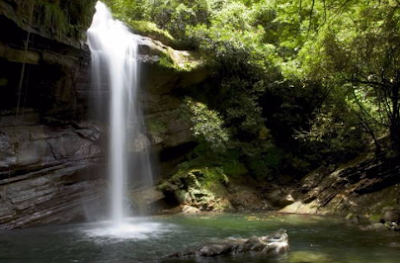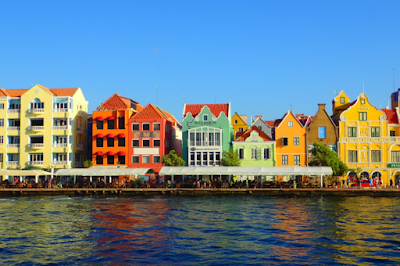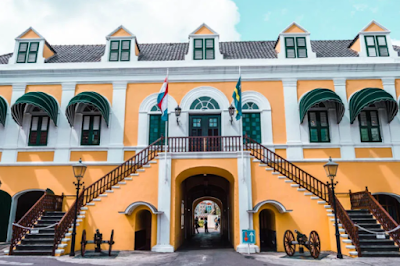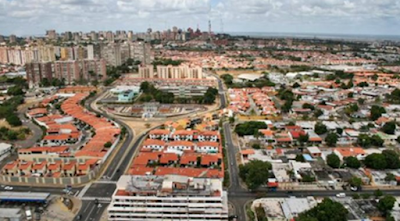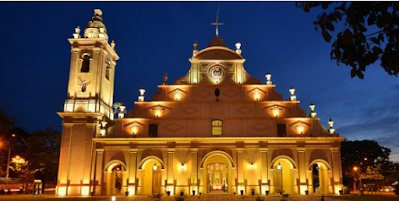Haitian Revolution
The country of Haiti is on the island of Hispaniola, which it shares with The Dominican Republic. Christopher Columbus landed on Hispaniola in 1492 and a few years later established the first permanent settlement of Europeans in the Americas. The island gradually decreased in importance relative to other areas of the Caribbean. The vacuum was filled by pirates. Many of those pirates were French - and by the mid 17th century the western side of island was renamed Saint-Domingue and claimed by the French crown.
The 18th century in Saint-Domingue was marked by the development of sugar plantations and forced migration of slaves from Africa to work those plantations. Not only did the slaves create a large amount of value - they were among the worst treated slaves in the Americas due to how many of them died from Yellow fever. The plantation owners felt that it wasn't worth providing for the well being of the slaves because so many of them died from disease within six months of arrival. It was cheaper to just bring more slaves.
The population of slaves outnumbered whites and free persons of color by 10 to 1. This population difference and poor conditions caused planters to fear slave uprisings, which made them treat the slaves even more savagely. The first wide spread slave insurrection on the island was in 1751 led by Vodou (a combination of African spiritual practices and Catholicism) priest Francois Mackandal. The insurrection was finally put down and Mackandal was burnt at the stake in 1758, but it was successful in developing networks between escaped slaves maroon settlements and plantation slaves.
The French Revolution played a role in the eventual success of the Haitian Revolution. The obvious conflict between the new French government declaring all men to be free and equal, while allowing mass slavery in the Caribbean motivated many of the leaders of the slaves. The beginning of the Haitian Revolution came August 21, 1791. Thousands of slaves rose up in a coordinated attack against their masters all over the Northern Province of Saint-Domingue.
The road to independence was long. Haiti did not become an new country until January 1, 1804. All of the European countries in the region (Spain, England, and France) played a role at some point in the conflict. The fighting - especially between the ex-slaves and masters was fierce. The ex-slaves gave no quarter to their former masters - even killing women and children. Of course their hatred was understandable given how they had been treated.
Being a small country - Haiti has fallen prey to larger countries attempting to control the Caribbean. The United States actually invaded and controlled Haiti from 1915-1934. Haiti has been treated with a mixture of contempt and paternalism for its entire history. One example of the ignorant views about Haiti is what Pat Robertson said after the earthquake of 2010. He said that the Haitians had "made a deal with the devil" to overthrow the French and that's why they were so poor. There was a large Vodou gathering after which the Haitian Revolution started in 1791. But Vodou has nothing to do with devil worship and a larger portion of Haitians describe themselves as Christians than the U.S. population.
The Haitian Revolution was important on many levels - but probably most important was that it showed that the widespread belief of the 18th and 19th centuries, that the natural place for Africans was slavery was a lie. The events in Haiti inspired several slave insurrections in the United States and helped to motivate the anti-slavery movement all over the world. Haiti is a place that needs help right now - but that assistance needs to be given in the context of respect for a country that has a proud history and strong culture marked by independence and resistance to outside control.











